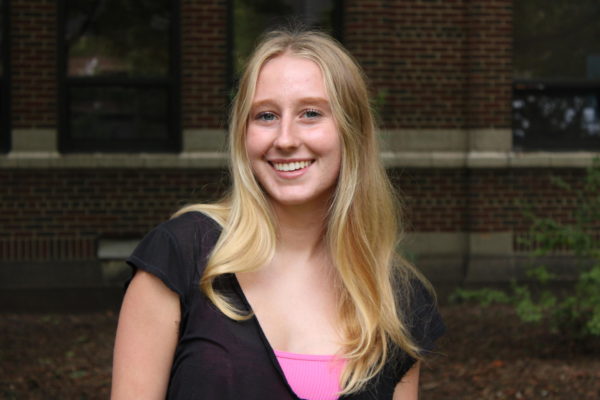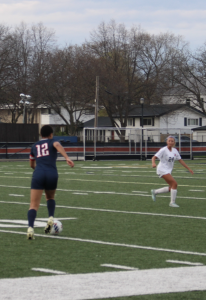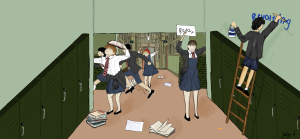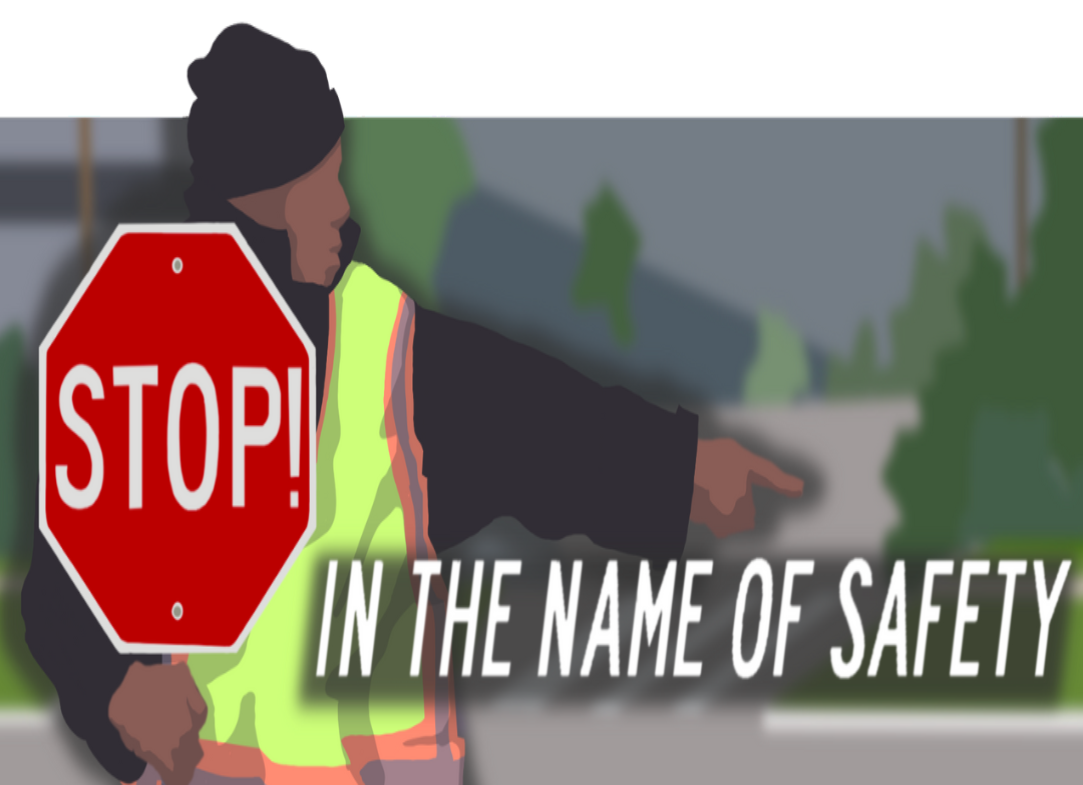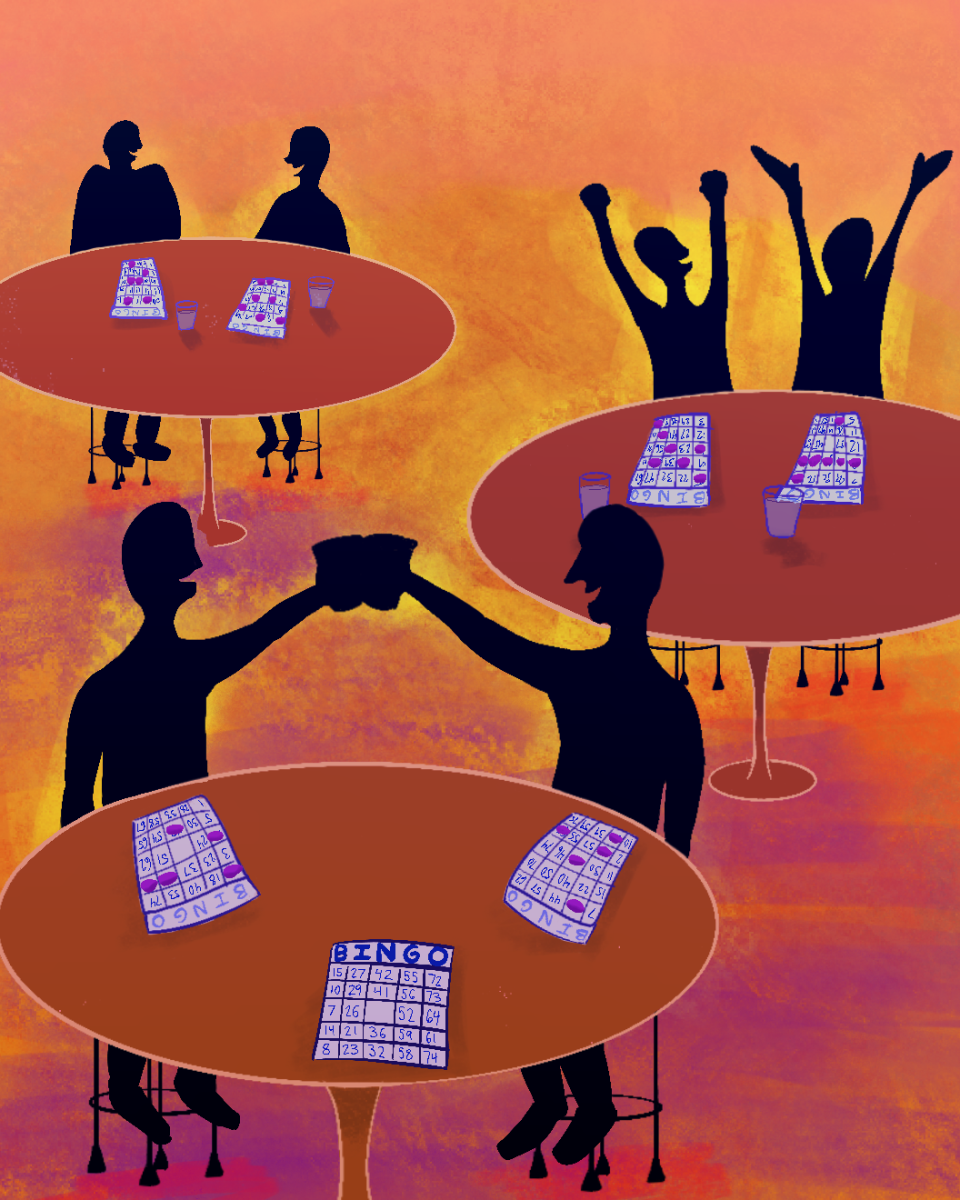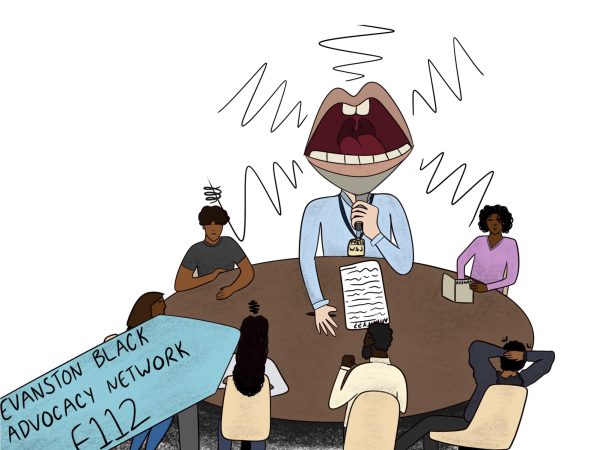Opinion | Tardies minimize student freedom
September 23, 2022
Tardy policies at ETHS have created an uproar of fear and stress among students. Over the past couple of years, students have dealt with many struggles regarding the transition from online learning to in-person learning. Prior to this year, ETHS has dealt with the transitional nerves of students well by giving us flexibility on tardiness rules.
However, this year, ETHS is using a completely different approach with a copious amount of new policies. The jump between last year and this year has been something students have struggled to get used to.
“I expected this year to be the same as last but I was shocked when the announcements came on and started listing all the expectations for this year,” sophomore Dylan Bonn notes. “The most shocking one was the method of dealing with tardiness.”
Two different types of tardies are being implemented this year at ETHS. The first tardy is just the typical tardy, received when arriving between five and nine minutes late to class. The ways you can reverse the tardy is by attending AM support, the academic study center, and even Wildkit Academy.
However, the second type of tardy that was created is an extreme tardy. A student is given an extreme tardy when they arrive 10 or more minutes late to class. Extreme tardiness counts as a Non-Credit or NC. Eventually, six NCs will automatically cause a student to lose credit for the entire class.
While tardies do enforce stricter attendance and can lead to smoother class transitions, they also have one considerably large negative. The tardy policy minimizes freedoms of students.
“A lot of the time school just feels suffocating, like I can’t make my own choices throughout the day,” Bonn adds.
The new lunch policies regarding cafeterias are already causing mass complaints from students but, on top of that, the tardy policy is also making lunch a stressful space.
“I see kids trying to scan their IDs and [walking] back because they have too many detentions,” Bonn elaborates. “Everyone watches them walk away, and I honestly feel bad for them. They get separated from their friends and then have to be embarrassed in front of everyone.”
Lunch is the one time in the school day when students are allowed to relax on their own time. It’s meant to give us a mental break from school to catch up with friends and feed ourselves with nutrition. Instead, students are being denied the right to leave the building because they have more than 10 tardies. With the harsh rules on attending your assigned cafeteria, the places friends are allowed to eat lunch together are even more limited.
These policies are meant to organize students, but, instead, they are creating cliques among students—preventing students from meeting new people. This causes a build-up of social and emotional anxiety between students.
“My friend has been split from our group during lunch because she has tardy detentions from last year that weren’t resolved,” Bonn says. “She had to eat in the cafeteria with nobody since she came to lunch late and lunch tables were already full. She felt so uncomfortable, and there was nothing she could do to change that.”
Many tardies are built up from first block classes where students arrive at school late. Personally, getting to school can be a complete mess. City buses are extremely unreliable in the morning, which causes me to try and catch a ride from my parents or a fellow student most days. When a parent is driving me to school, we also have to drop off my younger brothers along the way, which is completely out of the way and makes me late to class most days. In this situation, students are left feeling extremely aggravated. There was no way I could do anything to make the process go smoother, but, somehow, I am being punished with an extreme tardy.
“I just want to feel relaxed at school,” Bonn says. “But instead I’m worrying about what rules I might be breaking and punished for.”

